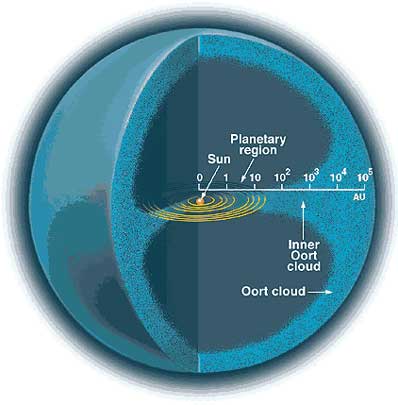Nature of comets reconsidered"It also now seems inevitable that most comets from the Kuiper Belt, though constructed of ancient material, cannot themselves be ancient -- instead they must be 'recently' created chips off larger Kuiper Belt Objects, formed as a result of violent impacts," says Stern. "This is truly a paradigm shift. Many of the short-period comets we see aren't even ancient!"
Southwest Research Institute
August 8, 2003
FR Lexicon·Posting Guidelines·Excerpt, or Link only?·Ultimate Sidebar Management·Headlines
Donate Here By Secure Server·Eating our own -- Time to make a new start in Free Republic
PDF to HTML translation·Translation page·Wayback Machine·My Links·FreeMail Me
Gods, Graves, Glyphs topic·and group·Books, Magazines, Movies, Music
